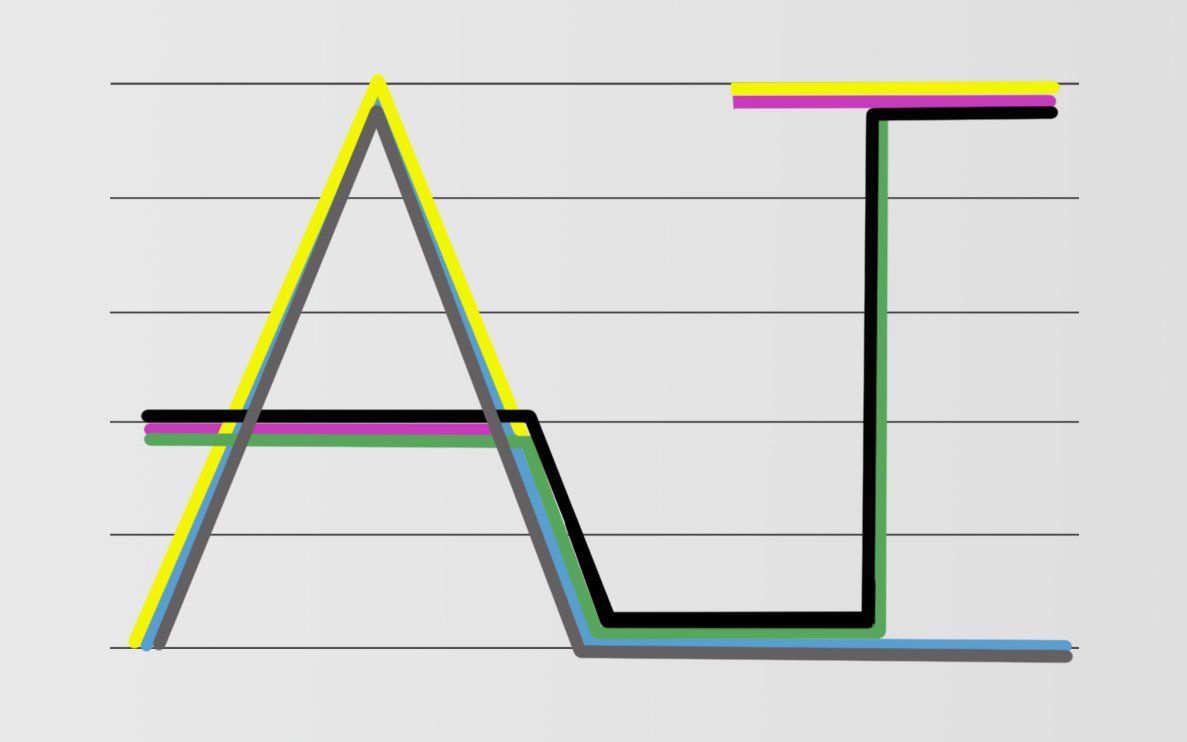This is part of IEEE Spectrum's Special Report: The Day Analog TV Dies
I am in TV heaven since getting a converter. I am able to get absolutely great digital reception on one of my two TVs, including all the channels broadcast around here—except channels 14 and 48—for a total of more than 40.
I have a big antenna on the roof and an easily accessible splitter in the attic, which services my two TVs. Initially, I purchased a Digital Stream converter and hooked it to the cheaper of my two TVs. I immediately got good reception on several channels, but not KQED (a local PBS affiliate on channel 9).
I enlisted my neighbor to help me tune the antenna for better KQED reception; the neighbor watched the converter’s signal display mode while I was up on the roof changing the direction of the antenna. That didn’t entirely solve the problem, so the neighbor gave me a homemade coaxial amplifier. This solved the problem for channel 9, but I still wasn’t getting 54, 2, 4, and several others.
I bought a second converter, a Zenith-brand model from Radio Shack. I put that on my better TV, that is, the one with stereo sound, two antenna inputs, and two video/audio inputs. When I went through the auto-tuning process, I could not believe my eyes; I got those 40-plus channels without any amplifier. That is, until the fall rains started. Now, it seems, I lose channels 54 and 60 during bad weather, but they return when the weather clears.
Intrigued by the difference in the two outcomes of conversion, I did the following tests:
I switched the Digital Stream and Zenith converters between the TVs; TV good stayed good, TV bad stayed bad.
I switched the outputs on the splitter in the attic between the two TVs; it didn’t make any difference
The irony here is that in the analog mode, the bad TV worked better; I was able to get channel 54 clearly on it, whereas the reception of channel 54 is very poor on the now-good TV.
I also helped a neighbor with her digital converter. Her antenna is a homemade device pointing to San Jose. She gets channel 54 and a number of Spanish channels that I don’t get, but she doesn’t get channel 9.
My conclusion is that moving the antenna around may improve your reception, but the TV itself and its tuner may make a difference in getting good digital reception.
To Probe Further
For more articles and special features, go to IEEE Spectrum's Special Report: The Day Analog TV Dies.
